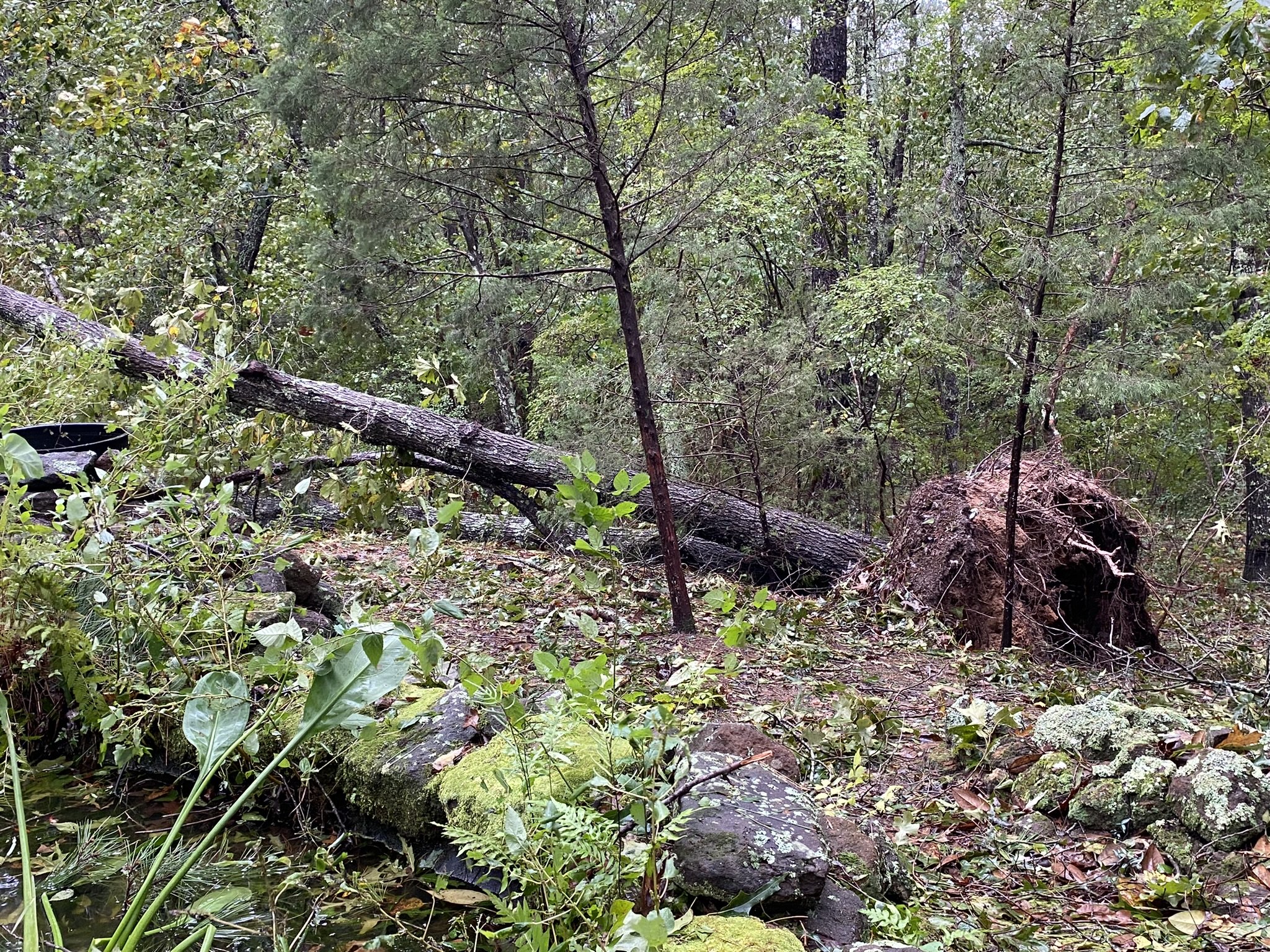The Tree | Stories & Scenes from Cold Creek Nurseries
DIY Tips for Irrigation, Fertilization, and Chemical Usage
Even if you have a lawn care company working on your property, there are still some things that you can do to help. Basic irrigation repair and adjustment can save you time and money by paying attention. If you find that this is too much for you to deal with, then contact us and let us show you what we can help with.
The Key to a Healthier Lawn: The Power of Top Dressing
A lush, thriving lawn starts from the ground up, and one of the most effective ways to improve soil health is through top dressing with composted manure. This natural method enhances your lawn by supplying a wide range of nutrients, introducing beneficial microbes, and improving soil structure.
Irrigation Techniques During Summer Months for Weed and Disease Management
Irrigation systems are crucial to a healthy and vibrant lawn during the summer months. Weather conditions are constantly changing, and periods of drought are common. Dry periods are inevitable, and irrigation helps sustain your lawn through these periods. Just as important is not over watering your lawn. Improper irrigation can lead to problems with diseases and weeds, so understanding some basic information can reduce the chances of serious problems and damage to your lawn.
Preparing Your Landscape for Winter
There are steps you should take to help your lawn survive our winter season here in South Carolina. From fertilizer to weed prevention, the fall transition is still a busy time for your landscape. Once the winter season kicks in to gear, there is still work to be done. For those of you interested in winter rye, you need to be preparing your lawn for the overseeding process now. We will discuss some tips and advice to help you care for your landscape during the colder months.
Spring Yard Maintenance Checklist
It is that time of year when you should start preparing your lawn and landscape for the upcoming growing season.
Restoring Your Landscape After Hurricane Helene: We're Here to Help
As we look around at the damage left behind, it’s clear that our community has been through a lot. But it’s also clear that we’re resilient and capable of overcoming these challenges together. We may have lost trees, but we haven’t lost hope. And just as we’ve come together to help one another through the storm, we’ll continue to work together to rebuild and restore our beautiful landscape. At Cold Creek Nurseries, we’re here to support you every step of the way. Together, we will heal and grow stronger.
Managing Poa Annua: The Winter Weed That Won’t Quit
When it comes to maintaining a healthy, vibrant lawn, one of the toughest challenges is controlling Poa Annua, a persistent winter weed that can invade even the most well-cared-for landscapes. Poa Annua, also known as annual bluegrass, is notorious for being incredibly hard to manage due to its rapid spread and resistance to common herbicides.
Guide to Fertilizing Shrubs in the Fall: Expert Tips for Success
As the fall season approaches, it's the perfect time to ensure your shrubs are prepared to thrive through winter and into the next growing season. At Cold Creek Nurseries, we understand how vital proper care is for the health and longevity of your landscape. Fertilizing your shrubs in the fall, with the right blend and techniques, can make all the difference.
Here’s everything you need to know about how we approach fall shrub fertilization and how you can apply these principles to your own garden.
Managing Armyworms: A Balanced Approach to Lawn Care and Pest Control
Armyworms are making their presence known this season, and it's likely we'll see multiple cycles of these pests before the year is out. While the sight of your lawn stripped bare by thousands of these invaders can be alarming, it's important to remember that they do not kill your grass. Though they may scalp your lawn, leaving it looking worse for wear, your grass will recover with the right care.
Navigating Hot Spots and Pythium Disease in Your Lawn: Expert Tips
As we progress through the summer, many homeowners are encountering troublesome "hot spots" in their lawns, accompanied by a surge in pythium disease. Here are some valuable insights from our expert Maintenance Team to help manage your lawn during these challenging times. Remember that each property has its unique needs and there is not a “one size fits all” correction.
Mastering Dollar Spot: A Comprehensive Guide for Lawn Enthusiasts
As we transition from late spring into the warmth of summer, many lawn aficionados encounter an unwelcome guest: Dollar Spot. This pervasive disease thrives in wet, humid conditions, especially when leaves remain wet for 10 to 12 continuous hours. Prolonged periods of overcast weather only exacerbate the issue.
Unveiling the Underground Invaders: Mole Crickets
In South Carolina, three species of mole crickets roam: the tawny mole cricket, southern mole cricket, and northern mole cricket. While the northern variety causes minimal damage to turf, the tawny and southern species can wreak havoc on your lawn. These subterranean insects tunnel underground, feasting on grass roots and causing significant damage.
Keeping Your Lawn and Shrubs Healthy: Understanding Landscape Diseases
Just like humans, lawns and shrubs can fall victim to various diseases. Brown Patch, Spring Dead Spot, Dollar Spot, Pythium, and many others are common threats. Understanding the conditions that foster these pathogens is crucial. Rather than seeking total control, it's more effective to manage these issues.
Enhancing Your Lawn's Health: The Advantages of Lawn Aeration
Maintaining a vibrant, healthy lawn requires more than routine maintenance like watering and mowing. One often underestimated practice with significant benefits is lawn aeration. This process involves perforating the soil with small holes to facilitate better air, water, and nutrient penetration to the grassroots, promoting deeper root growth and overall lawn health.















